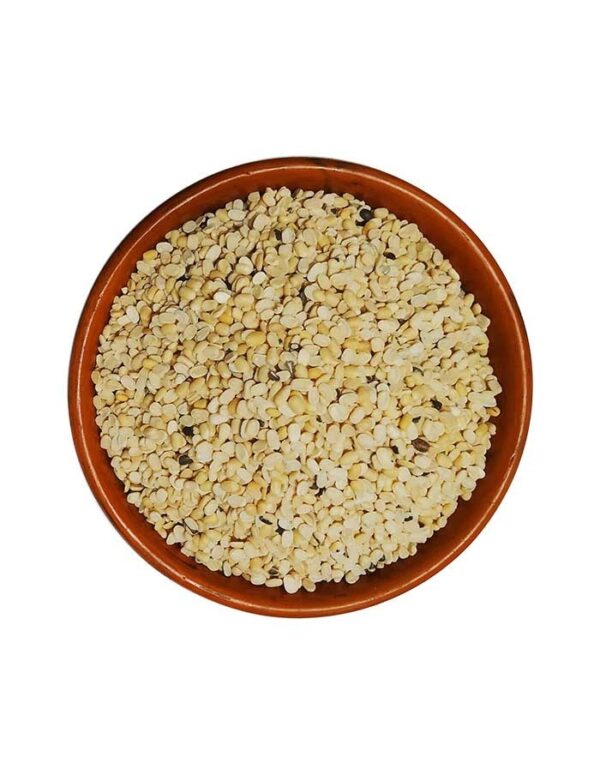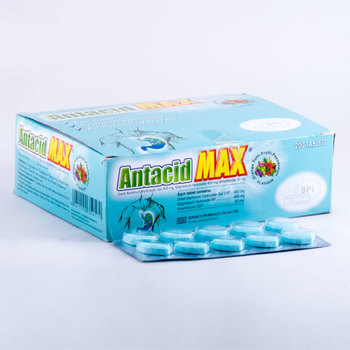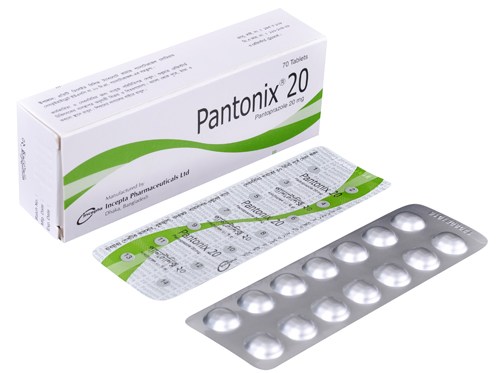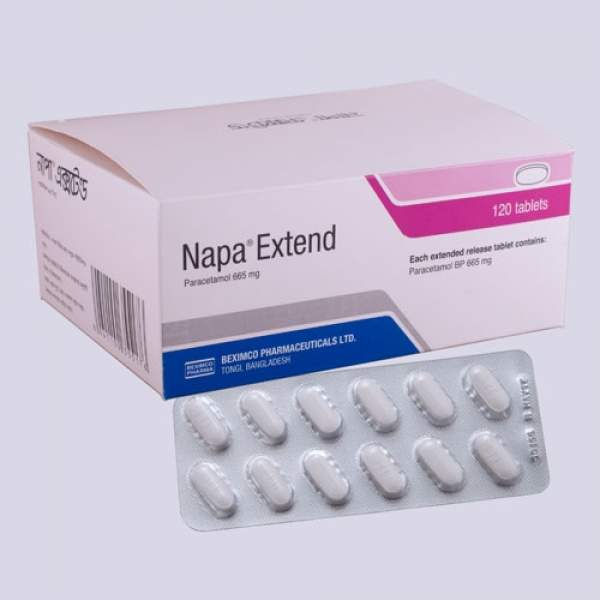Indications
Fluticasone Furoate inhalation powder is indicated for the once-daily maintenance treatment of asthma as prophylactic therapy in patients aged 5 years and older. This is not indicated for the relief of acute bronchospasm.
Description
Pharmacology
Dosage
- Adults & Children over 12 years: 2 sprays in each nostril once a day. In some cases 2 sprays into each nostril twice daily, not exceeding 4 sprays.
- Children under 12 years (2-11 Years): 1 spray in each nostril once a day. Patients should use Fluticasone Furoate nasal spray at regular intervals as directed since its effectiveness depends on its regular use.
- Children (under 2 years of age): There are no data to recommend use of Fluticasone Furoate Nasal Spray for the treatment of seasonal or perennial allergic rhinitis in children under 2 years of age.
Fluticasone Furoate Inhalation Capsule: should be administered as 1 inhalation once daily by the orally inhaled route. Fluticasone Furoate should be used at the same time every day. Do not use fluticasone furoate more than 1 time every 24 hours.
- Adults and Adolescents Aged 12 Years and Older: The starting dosage for Fluticasone Furoate should be based upon patients’ asthma severity.
- The usual recommended starting dose for adults and adolescents aged 12 years and older not on an inhaled corticosteroid (ICS) is 100 mcg.
- For other adults and adolescents aged 12 years and older, the starting dose should be based on previous asthma drug therapy and disease severity.
- For adults and adolescents aged 12 years and older who do not respond to Fluticasone Furoate 100 mcg after 2 weeks of therapy, replacement with Fluticasone Furoate 200 mcg may provide additional asthma control.
If a dosage regimen of Fluticasone Furoate fails to provide adequate control of asthma, the therapeutic regimen should be re-evaluated and additional therapeutic options, e.g., replacing the current strength of Fluticasone Furoate with a higher strength, initiating an ICS and long- acting beta 2 -agonist (LABA) combination product, or initiating oral corticosteroids, should be considered.
The highest recommended daily dose in adults and adolescents aged 12 years and older is 200 mcg. After asthma stability has been achieved, it is desirable to titrate to the lowest effective dosage to help reduce the possibility of side effects.
Pediatric Patients Aged 5 to 11 Years: The recommended dosage for children aged 5 to 11 years is 50 mcg administered once daily
Administration
- Shake the bottle gently and remove the dust cover.
- Hold the spray with your forefinger and middle finger on either side of the nozzle and your thumb underneath the bottle. Press down until a fine spray appears. If using for the first time or if you have not used it for a week or more, press the nasal applicator several times until a fine moist comes out from the container.
- Gently blow the nose to clear the nostrils.
- Close one nostril and carefully insert the nasal applicator into the open nostril. Tilt your head forward slightly and keep the spray upright. Breathe in through your nose and while breathing in, press the white-collar of nasal applicator firmly down once to release a spray.
- Breathe out through your mouth.
- Repeat the above steps in the same/ other nostril for consecutive doses.
Cleaning: The nasal spray should be cleaned at least once a week. The procedures are as follows-
- Remove the dust cover.
- Gently pull off the nasal applicator.
- Wash the applicator and dust cover in warm water.
- Shake off the excess water and leave to dry in a normal place. Avoid to apply additional heat.
- Gently push the applicator back on the top of the bottle and re-fix the dust cover.
Interaction
Special instruction: Patients should be instructed that the device must be primed: before first use, and if the cap is left off or if the device does not seem to be working or if the nasal spray has not been used for 30 days or more. In order to prime the device, the nasal spray needs to be shaken vigorously for about 10 seconds with the cap on. The patient must then press the button firmly all the way in, approximately 6 times until a fine mist is seen. Once primed, the patient must shake the nasal spray vigorously each time before use.
Contraindications
Side Effects
Most common adverse reactions of Fluticasone Furoate inhalation capsule reported in ≥5% of adult and adolescent subjects are nasopharyngitis, bronchitis, upper respiratory tract infection, and headache. Most common adverse reactions reported in ≥3% of pediatric subjects aged 5 to 11 years are pharyngitis, bronchitis, and viral infection.
Pregnancy & Lactation
Use in lactation: It is not known whether Fluticasone Furoate is excreted in human breast milk. However, since other corticosteroids have been detected in human milk, caution should be exercised when Fluticasone Furoate is administered to a nursing woman.
Precautions & Warnings
Use in Special Populations
Use in hepatic impairment: Use Fluticasone Furoate with caution in patients with severe hepatic impairment.
Use in renal impairment: No dosage adjustment is required in patients with renal impairment.














Reviews
There are no reviews yet.